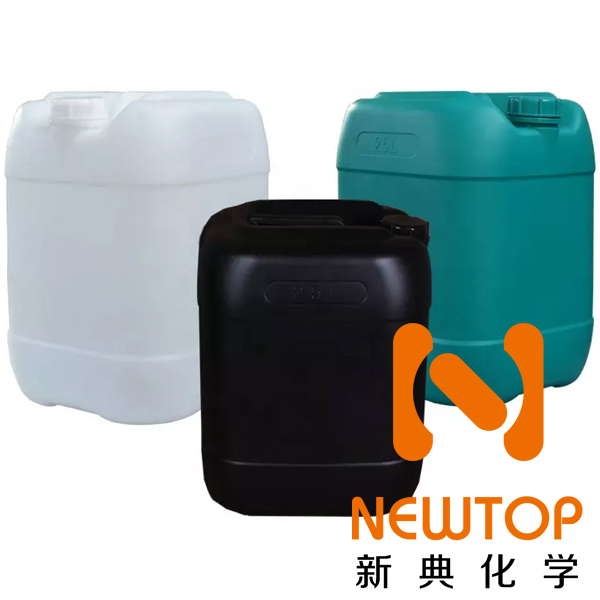Jeffcat TD-20 catalyst CAS107-16-9 Huntsman
Jeffcat TD-20 is a tertiary amine catalyst used in the production of polyurethane foam. It is a 20% solution of triethylenediamine (TEDA) in dipropylene glycol. Jeffcat TD-20 is compatible with most common polyols and isocyanate systems. It is also compatible with water-based systems.
Physical and chemical properties:
|
Properties |
value |
|
Looks |
Clear colorless liquid |
|
Scent |
Mild, amine-like |
|
pH |
10.5 |
|
Specific Gravity |
1.03 |
|
Flash Point |
110 degrees Fahrenheit |
|
Spontaneous combustion temperature |
450 degrees Fahrenheit |
|
Solubility |
Miscible with water, alcohols and ketones |
|
Stable |
Stabilize at room temperature |
CAS number
107-16-9
Molecular Formula
C12H23N3
Molecular weight
197.34 g/mole
Apply
Jeffcat TD-20 is used to catalyze the reaction of polyols and isocyanates to produce polyurethane foam. It is used in a variety of applications including:
· Rigid foam
· Soft foam
· Spray foam
· Forming foam
· Styrofoam
· 
Precautions for use
Jeffcat TD-20 is a flammable liquid and should be handled with care. It should be stored in a cool, dry place away from heat sources and open flames. Jeffcat TD-20 can irritate skin and eyes. If it comes into contact with skin or eyes, wash the affected area with soap and water immediately. If inhaled, move to fresh air and seek medical attention if breathing becomes difficult.
See the safety data sheet for more information on Jeffcat TD-20.
Here are some additional precautions to take when using the Jeffcat TD-20:
· Wear gloves, goggles, and a respirator when handling a Jeffcat TD-20.
· Avoid inhaling vapors or fumes.
· Do not eat or drink while using Jeffcat TD-20.
· Wash your hands thoroughly after handling Jeffcat TD-20.
· Dispose of Jeffcat TD-20 properly according to local regulations.
Shelf life:
Remain unopened for two years
Storage and Transportation:
Should be sealed, stored in a dry cool ventilated warehouse
Packing:
200KG/ barrel storage: It is recommended to store in a dry and cool area with proper ventilation. After the original packaging, please fasten the packaging cover as soon as possible to prevent moisture and other substances from mixing and affecting the product performance. Do not inhale dust and avoid contact between skin and mucous membrane. Smoking, eating and drinking are prohibited in the workplace. Shower and change after work. Store contaminated clothes separately and use them after washing. Practice good hygiene.
Technical support and business contacts E-mail:sales@newtopchem.com


